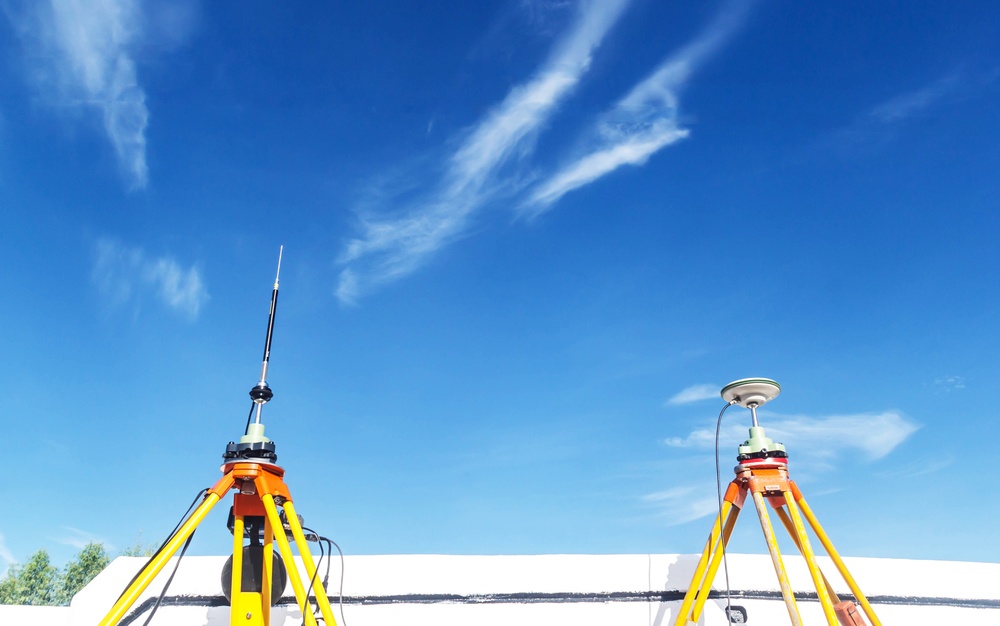
Geographic Information Systems (GIS) are central repositories for data used for analysis in surveying, planning, construction, and management. Professional land surveyors provide data for the GIS and, in turn, use the data to provide more accurate, less expensive surveys.
The difference between data from a surveyor and that from a GIS used to be the scope of precision. GIS was, and still can be inappropriate for activities like boundary surveying because the location data from a GIS is not considered precise enough for the job. On the other hand, using a professional surveyor to perform a suitability analysis from a large data set is equally infeasible.
However, at their centers, GIS and survey work are concerned with the preciseness of location. While location is the most crucial metadata attribute in GIS, it is only one of many attributes. When analyzed correctly, metadata provided by the GIS improves data precision tremendously.
Let’s look at how GIS tools are changing the face of land surveying.
GIS and Surveying Are Complementary
Survey data contributes to a GIS dataset. The data set is built on the measurements of location provided by a professional, scientific survey and geodetic measurements. The data is then harnessed by the surveyors using various GIS tools to provide a more extensive array of services.
Surveyors mine the GIS database of attributed geometry by following hyperlinks within the application environment. The GIS gathers information captured from previous surveys and projects to help users locate documentation and information quickly. Fast location and access saves time, reduces costs, and improves productivity.
As the technology advances, surveyors can offer more services and become surveying consultants working in a variety of branches of construction, infrastructure, and other industries from private to government. However, like many fields of endeavor in the past 30 years, the pace of advancement for computer-based surveying tools is so rapid that surveyors can feel challenged to keep up with developments.
- LiDAR (Light detection and ranging, similar to radar), terrestrial scanning, and high-resolution imagery are all used to collect data for a GIS along with survey data.
- 3D is the next wave expanding the capabilities of a GIS.
- Cloud computing has introduced efficiencies in data use unavailable a short time ago.
Surveyors feel the pressure to keep up with innovation by learning new tools as they become available. Those who master the tools have the advantage.
The Benefits of GIS
A primary benefit of GIS is the ability to make better decisions. Developers and others have access to data that impacts plan locations and designs, helping them to “see” how well the project meshes with the existing environment including zoning restrictions, utilities, and community resources. The data also is required for Environmental Impact Statements and Biological Assessments. A GIS provides central storage space for data used in all these activities.
A GIS also provides reliable record retention.
- The system contains historical data, documents, and maps to use as a basis for project feasibility.
- Accurate background information, easily accessed, leads to more options for completing a project while addressing concerns from multiple stakeholders.
- The GIS can store as-builts, updated base maps, and current data from recently completed projects, so future planning is simplified.
GIS data improves land management including environmental impact. Complex data overlays contain multiple layers of information to inform decision-making and enhance land use.
Why Should Surveyors Use GIS Tools?
Surveyors perform several activities.
- They determine, measure, and represent land, 3D objects, point fields and trajectories.
- They assemble and interpret land and geographically related information and use it for planning and efficient administration of land, sea, and structures.
- They conduct research and develop practices.
In other words, surveyors gather a lot of data. Moreover, they need a way to quickly and easily access and manipulate it. That’s where the GIS comes in.
A GIS is a useful tool for spatial information, the main reason you perform surveys. You use tools such as LiDAR, laser scanning and mobile mapping, collecting massive amounts of data. The GIS is the platform that stores the data and integrates with other applications to allow you to use the data in various ways for planning and making decisions.
Businesses and governments rely on a GIS for critical functions and spatial accuracy that can only be delivered by professional land surveys.
Continued Integration of GIS and Surveying
Technical innovation iterates rapidly and results in continual new product development.
- GIS providers work with businesses to provide access to the newest technology to improve, expand and keep solutions current and efficient.
- The use of open standards facilitates rapid development and interoperability with many systems.
- Adherence to open standards makes data integration from new sensors and connections to new devices more straightforward and more efficient.
For example, a GIS application plug-in for AutoCAD allows users to leverage the data within the AutoCAD desktop environment. Other tools include solutions to use geographic information to create designs that align with the natural environment and help with environmental impact early in a project.
Newer tools take advantage of mobile devices and cloud computing to connect the surveyor in the field with the office. Field data is quickly communicated via cell connection to create a real-time work environment. Alternatively, the data can be stored for later synchronization.
When information is transmitted from the field, you can perform QC/QA before the field crew returns.
The survey data used in GIS is the same used in CAD functions. The data originates from GPS, total station, laser scanner, photogrammetric workstations, and other collection tools. The data is placed into the GIS to build a database for future projects and ongoing work for things like utilities.
The industry is slowly moving from managing data in a file to managing data in a database, where connecting the dots is much easier.
There has been some tension in the past between surveyors and GIS developers, but as the technology matures and proves itself, more surveyors will learn the tools so they can add services and expand their business model beyond surveying.























